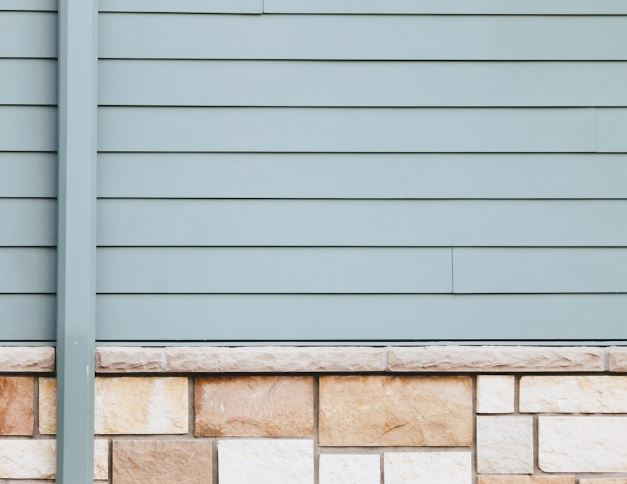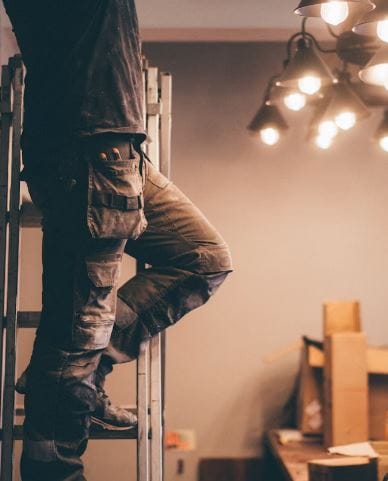Installing Siding? Here’s What to Expect and How to Prepare

When you decide to install new siding on your home, you’re embarking on a journey with numerous considerations to keep in mind. Before you dive in, engage in thorough research and preparation to ease the process.
Understanding various siding materials, the timeline of the project, and what to expect during installation helps you plan better and maximize your investment. We will walk you through the pivotal aspects of the siding installation process so that you’re well-prepared for what lies ahead.
Choosing the Right Siding Material
A suitable siding material can affect longevity, maintenance, and appearance. Vinyl, wood, fiber cement, and metal each offer distinct aesthetics and benefits. Vinyl siding is renowned for its low maintenance and durability, a popular choice among homeowners. Fiber cement provides resilience against termites and rot.
Even look into your local climate. Certain materials withstand harsh weather conditions better than others. Conducting an energy efficiency assessment can also help guide your decision. Some materials provide better insulation than others, potentially saving on energy costs long term.
Finding a Qualified Contractor
Finding the right contractor could be one of the most critical steps in the siding installation process. A reliable siding company guarantees top-notch workmanship and handles the necessary permits and local regulations. Seek recommendations from friends, family, or neighbors who have had siding installed recently. Online reviews and ratings can also provide valuable insights into a contractor’s reputation.
Once you have a shortlist, interview potential contractors to assess their experience, licenses, and insurance. Discuss their previous projects and ask for references. Get multiple bids before making a final choice so that you are getting a fair price for quality work. Verify that the contractor has the necessary licenses required by your state for siding installation and that they are bonded and insured to protect against unforeseen mishaps.
Preparing Your Home for Installation
Preparing your home for the siding installation will facilitate a smooth process for both you and the contractors. Clear the area surrounding your home of any debris, outdoor furniture, or plants. This will give the contractors easy access to the worksite and protect your belongings from potential damage during the project.
You should also consider relocating vehicles parked near the house to avoid obstructing the workers and to provide them ample space for their equipment. It can be quite noisy during the installation, so if you have pets, keep them indoors or away from the renovations. Keep open communication with your contractor about any special needs or concerns you might have regarding the installation. Preparing your home adequately sets the stage for a successful siding installation and reduces potential issues that may arise.
What Happens During Installation?
During the installation itself, you can expect various phases. The old siding is removed if it’s there, making way for the new material. After this, any necessary repairs to the home’s underlying structure may take place so you have a solid foundation for the new siding. Such repairs could include fixing rotten wood or reinforcing weak spots.
Your chosen siding material will be meticulously installed, beginning at the bottom and working upward. This technique prevents water from seeping behind the siding, which results in moisture-related issues. Throughout the installation, the contractors should frequently check their work so it aligns with industry standards and your expectations.

Take the time to prepare adequately for your siding installation for a smoother process and a successful outcome. From choosing materials and contractors to understanding the installation timeline and preparation, each element can play in the satisfaction of your home improvement project.







